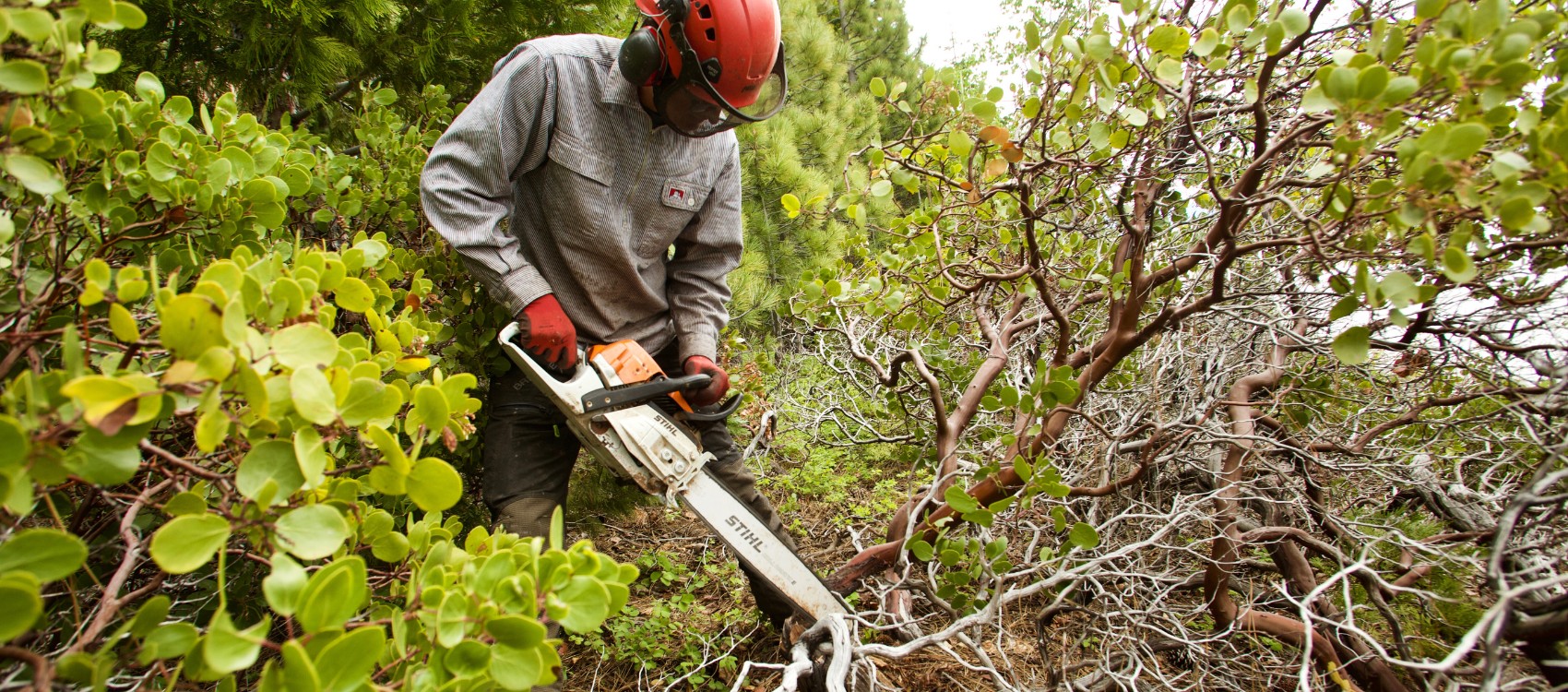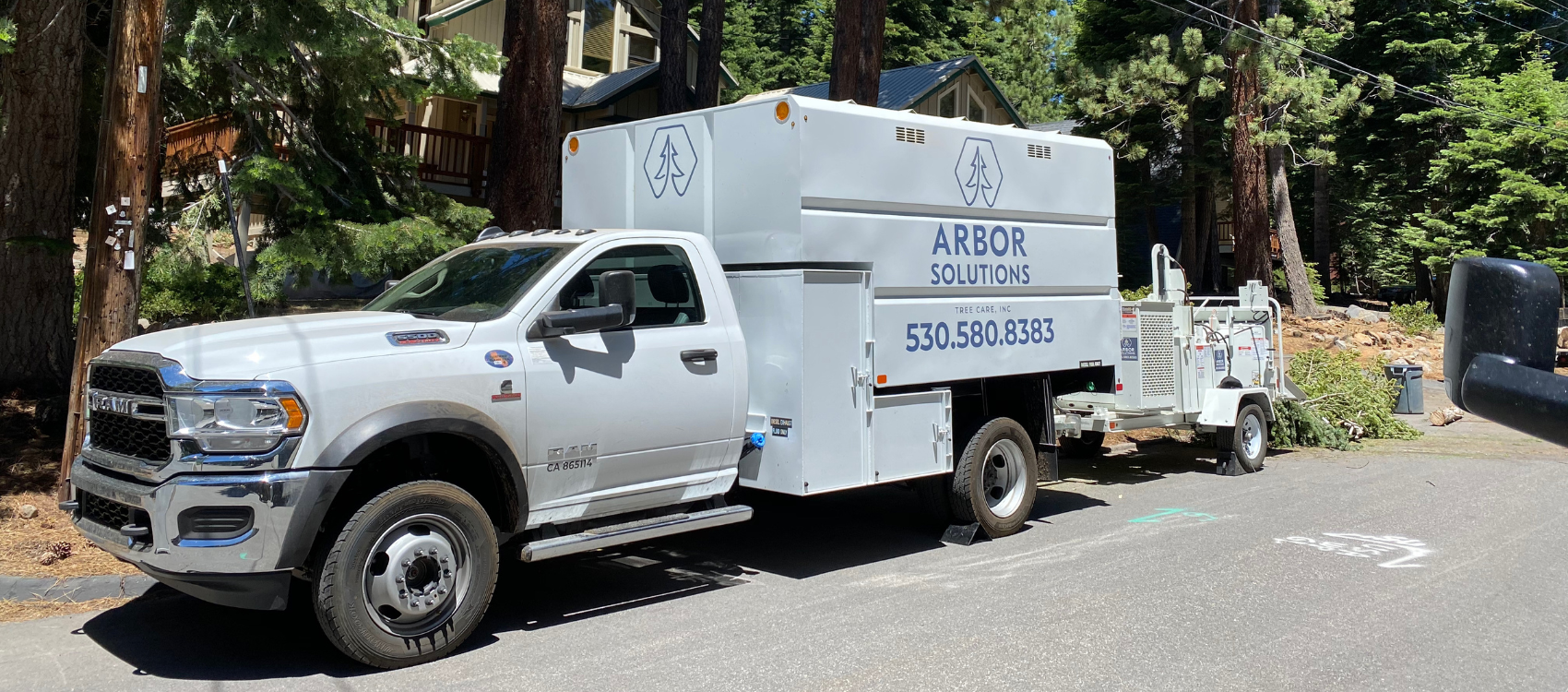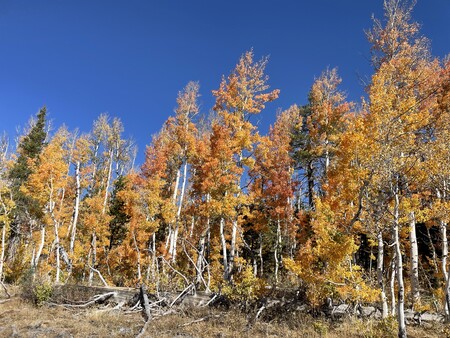As the snow melts and warmer days return to Truckee-Tahoe, it’s the perfect time to check in on your trees. Winter weather – especially heavy snow, ice, and wind – can leave behind hidden damage that weakens even the healthiest trees. With the right spring care, you can help them recover, regain their strength, and thrive through the growing season. Here’s how to give your trees the support they need after a tough winter.
Key Takeaways:
- After winter, inspect your trees and prune any broken or damaged branches to prevent safety hazards and reduce stress.
- Wash away de-icing salt from trees near roads or driveways, as salt can cause discolored foliage, dropping needles, dead branches, and stunted growth.
- Monitor for sunscald or frost cracks, but allow trees to heal naturally through compartmentalization rather than applying paint or wraps.
- Spring tree care in the Greater Truckee-Tahoe Region should begin around April when the threat of significant snowstorms has passed and can include additional measures like fertilizing, planting new trees, and applying preventive insecticides.
How to Help Your Trees Recover from Winter Damage
Even though your trees are dormant, winter can be a very stressful time for them. The natural climate of the Greater Truckee-Tahoe Region can make winters especially difficult for many of our native trees.
When the worst of winter is over and spring arrives, it’s time to inspect your trees and help them recover from any damage or stress caused by snow, drought, or salt.
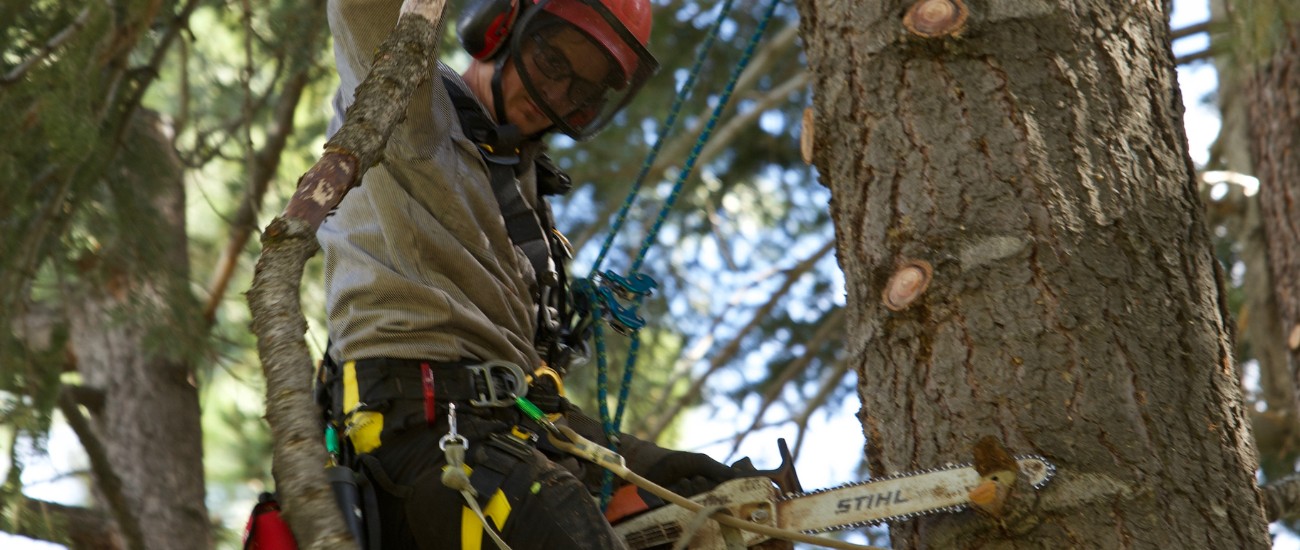
Prune Any Damaged Branches
Trees in the Greater Truckee-Tahoe Region naturally develop to hold onto the weight of snow during the winter. Coniferous trees in our area have flexible branches and needle structures that allow them to bend and remove snow without the branches breaking.
However, even with their natural adaptations, a storm bringing excessive snowfall can cause branches to break. Residents of our area are no strangers to massive snowfall, as even late winter snowfall can be substantial.
Once most of the snowfall is over for the year, thoroughly inspect your trees for signs of broken or damaged branches. If you have trouble seeing into the upper canopy, use binoculars to get a better look.
Broken branches aren’t just an eyesore; they endanger your home and family if they snap off during a future storm. To increase safety, have a professional prune out damaged branches.
Finding a company that provides spikeless pruning is vital in the spring. The holes left by climbing spikes can act as entry points for insects to
attack your trees when they become active in the spring. A reputable tree service will never use climbing spikes when trimming trees.
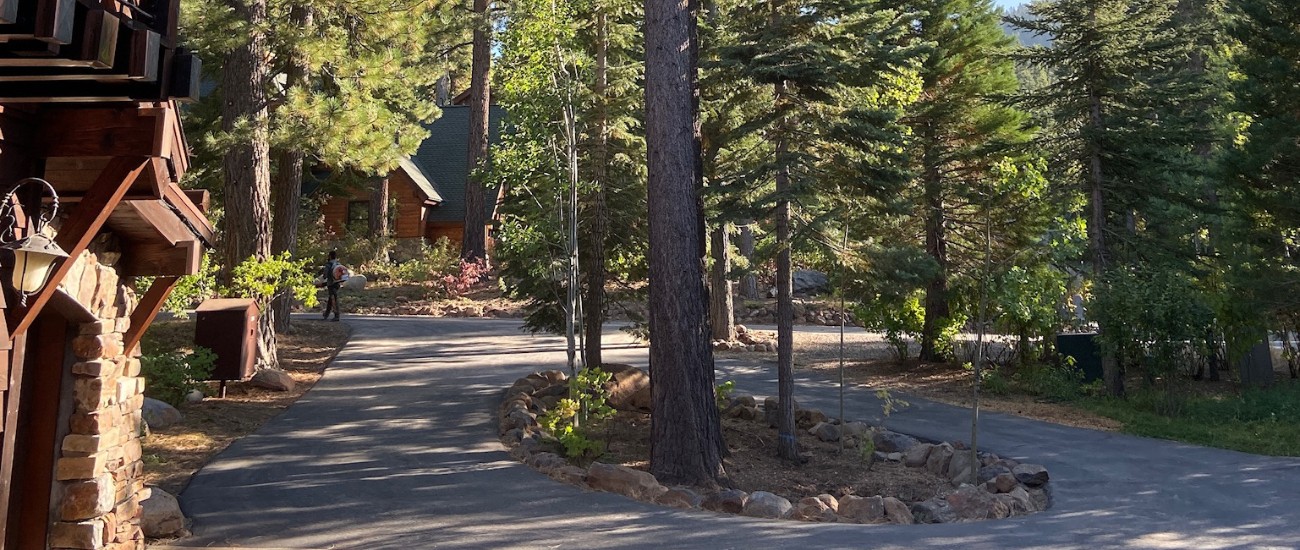
Trees near roads and driveways are more likely to suffer salt damage in the winter.
Flush Out Salt to Reduce Tree Stress
Local municipalities use de-icing salts to clear roads of snow and ice in the winter. While salt is effective at getting the job done, it has negative repercussions for nearby plants when cars spray it onto trunks and leaves – and even more so when it leaches into the soil, disrupting nutrient balance and affecting overall soil health.
A study of roadside trees found that around 15 percent of them suffered from salt damage after the winter.
Any tree near a driveway or road is at risk of suffering salt damage. Some of the typical signs of salt damage include:
- Discolored foliage
- Dropping needles
- Dead branches near roads
- Stunted growth
Water is the key to helping conifers recover from salt damage. To remove excess salt from your trees, lightly spray the lower branches with a hose. Ensure you do not break or damage the branches while spraying them.
Look for Sunscald or Frost Cracks
Sunscald and frost cracks often develop in winter during stretches of sunny, warmer days followed by freezing nights. These temperature swings can damage the bark and underlying tissue, creating weak spots that leave your tree vulnerable to pests or disease infections.
Trees use compartmentalization to isolate injuries and protect the rest of the tree from further problems. They attempt to heal themselves from frost cracks and sunscald by creating reaction wood to seal the damage. Over a few seasons, this reaction wood may fully seal off the injury.
If you notice sunscald or frost crack damage on the trunk, work to keep it generally healthy so that it can recover naturally. Ensure it has enough water and nutrients to continue growing, and watch for any signs of insect or disease damage.
Frequently Asked Questions About Spring Tree Care
Spring is an essential time in your tree’s life, as helping them recover from any winter injuries will allow them to thrive through the rest of the growing season. To help you understand the importance of spring tree care, we’ve answered some common questions from homeowners on the topic.
What else should I do for my trees in the spring?
Aside from helping them recover from winter damage, there are other crucial items to put on a spring tree care checklist, such as:
- Fertilizing when there is a nutrient deficiency
- Planting new trees
- Applying preventive insecticides
- Pruning vegetation to create defensible space
When should I start performing spring tree care in Lake Tahoe?
It’s best to wait until the weather consistently warms up and the risk of heavy snowstorms has passed — typically by April in the Greater Truckee-Tahoe Region. Starting too early can cause more harm than good, especially if trees are still under stress from winter. If you’re unsure when to begin, consult a Certified Arborist who can assess your trees and recommend the right timing and treatments for your specific property.
How can I prevent winter injuries to my trees?
Most winter tree damage can be prevented with a little preparation in the fall. Our fall tree care checklist covers what to do before cold weather and snow arrive. Some important steps include:
- Prune weak branches prone to breaking
- Wrap trees at risk of developing sunscald or frost cracks
- Remove dangerous trees that could fail in the winter
Restore Winter-Damaged Trees with Help from Arbor Solutions
Ignoring winter damage that persists into the spring can produce stressed trees with poorer growth and a worse appearance. While most homeowners should be able to flush salt from tree limbs, more challenging jobs, like pruning, are better left to the experts.
The team at Arbor Solutions employs ISA Certified Arborists who can provide expert advice on how to care for your trees and can use their equipment to easily trim damaged branches. Call us today at 530-580-8383 or request an estimate online.

Cat Piercy supports the Arbor Solutions team as an administrative manager. With over 20 years of experience in the service industry, Cat helps Arbor Solutions provide high-quality tree care throughout the greater Truckee-Tahoe region.
We publish monthly articles detailing tree care in the greater Truckee-Tahoe region. If you have a question about maintaining your trees, we may have already answered it on our Tree Care Blog.


